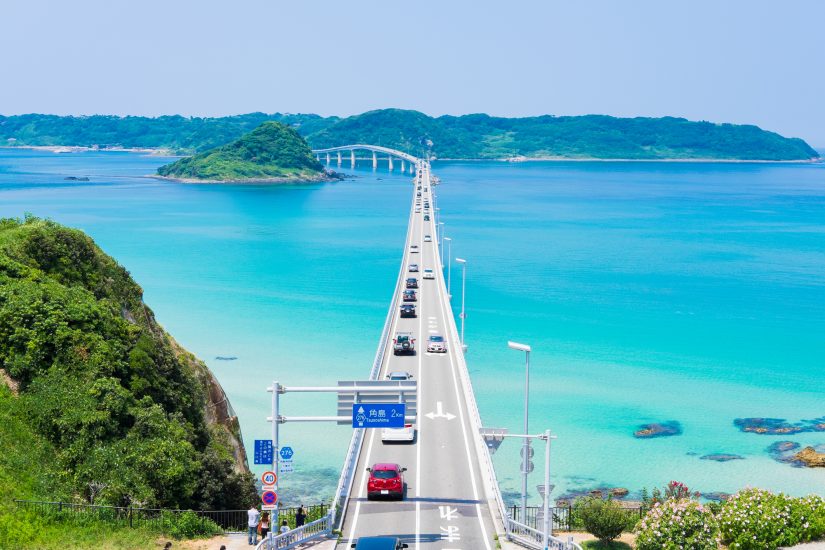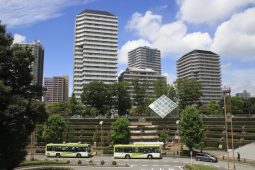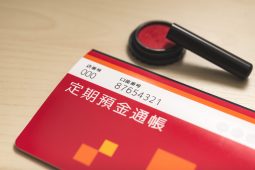For many newcomers to Japan, driving is the last thing on their minds. The traffic in major cities can be insane, and with the incredible public transportation most everywhere it’s often totally unnecessary. However, there are still lots of places in Japan that require a car to get to, and for those of us in smaller towns it’s often a total necessity.
With that in mind, I thought I’d put together a basic intro to getting your license in Japan, and dealing with some peculiarities of driving in this lovely country.
For Foreign License Holders
To begin with, if you are in Japan for more than one year, you are not legally allowed to drive on an International Driver’s License. These are intended solely for tourists, so if you’re going to be living and working long-term in Japan you should get your license converted.
The procedures vary for country to country. There is a web of international treaties that cover driving, making it much easier for the holders of some passports to get a license in Japan than others. For example, Australians simply need to get their license translated and take an eye test to get a Japanese license, while Canadians need a test. And Americans are in an even more complex situation, as the rules go by state!
Your first step in any case is to visit the JAF website. JAF, the Japan Automobile Federation, is in charge of translating foreign licenses for these changes. They have a set of rules and information at:
www.jaf.or.jp/e/translation/valid.htm
A detailed list of countries and states divided by whether you have to take the driving test or not can be found here:
japandriverslicense.com/are-tests-required/
One thing to keep in mind is, if you have to take the practical driving test: most people fail their first time. I did. Everyone I know personally did. Some people fail multiple times. Don’t be discouraged! The test directors are very picky, so be super over cautious about every point.
But once you’ve got your license, you’re free to hit the open road!
For Non-license Holders
If you do not have a valid license from your home country, you will be required to go through the system the same as any new Japanese driver. This means you should almost definitely go to driving school, as many times test proctors are even more strict with those who haven’t done so.
Driving schools are fairly expensive, costing upwards of \200,000, but they also give you lots of chances to actually drive the test course, increasing your chances of passing quite a bit.
A little googling with help you find driving schools in major cities that offer classes in English (examples include Koyama, Delta, and Ogikubo driving schools), but often times you will need an interpreter for the actual driving test. For that, you need to check with your local driving license issuer. Do it well in advance, because finding someone willing to help you with this can be very tricky!
Having gone through a driving course, you will almost certainly get your license on the first or second try. And then you, too, will be behind the wheel!
Road Challenges
Whether or not you find driving in Japan difficult will depend greatly on where you were before. For Americans, it’s enormously challenging. The roads are narrow and curvy, and of course driving is done on the opposite sides of the road! However, I think a few things are going to stand out for just about anyone.
There are certain roads in town and in the mountains that you will assume are one-way. They are just (barely) wide enough for one car, so you will imagine they couldn’t possibly be two-way. Wrong! You might notice pull-off areas every now and again. These are to allow a car to move aside to let an oncoming car pass. It is, frankly, terrifying. I have driven mountain roads that had a sheer drop-off on one side and a cliff on the other, and if an oncoming car came along one of us would have to back up for a few kilometers until we came to a pull-off area. Check a map before you drive to spot these hazards!
Another challenge for town driving is an abundance of blind corners. There are often home walls built right up to corners in town that prevent you from seeing cars approaching on cross-roads. There are often mirrors, but these themselves are fairly difficult to see at times. All you can do is drive slowly and carefully.
The Joys of the Road
It’s not all tough in Japan, though. The roads are in generally very good shape, drivers are (mostly) well-mannered, and services are thorough. And let’s be real: Japan has some of the best driving scenery you’ll find anywhere. My home prefecture of Yamaguchi offers driving scenery ranging from kilometer long bridges over crystal blue ocean, to forested valleys, and karst covered plateaus. Every drive is beautiful, so taking a car out to out of the way corners can be hugely rewarding.
One of my favorite things to do on a drive in Japan is hunt for something called 道の駅 michi-no-eki. This is often translated as “Roadside rest area” but there’s no single good term for them. They’re found on local highways, not the big expressways, and are oases of local produce, cafes, souvenirs and more. There is always something good at a michi-no-eki, no matter what you’re into, and are often worth a trip in and of themselves.
So yes, if you decide to take the plunge into driving in Japan, there can be a lot of great things to experience on the highways and byways. Get out there and enjoy!








